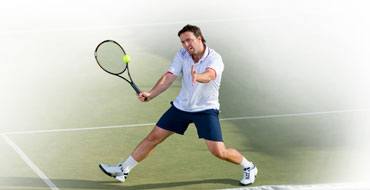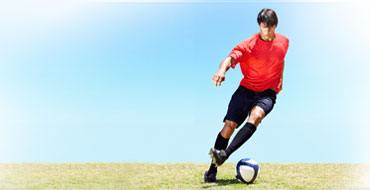Heat Injury
Heat injury or heat emergency occurs when one is exposed to extreme environmental heat and humidity for a prolonged duration without relief. Children, older adults and obese individuals are more likely to feel the effects of heat.
Heat injuries occur in three stages. Heat cramps occur in the initial stage, followed by heat exhaustion and finally heat stroke. All three stages are serious and require medical attention. Early intervention can prevent the most serious stage, heat stroke which can be fatal if left untreated.
Heat cramps: The first stage of heat injury involves heat cramps. Heat cramps usually occur during and after prolonged, vigorous exercise in the intense heat from excessive sweating. Symptoms include painful contraction of the muscles in the legs and abdomen, excessive sweating, thirst and fatigue. Treatment for heat cramps includes ceasing all activity and resting in a cool place, drinking plenty of cool water or an electrolyte solution, wearing light clothing, fanning the skin or applying wet cloths. Gentle and slow massage over the cramped muscles may also help.
Heat exhaustion: Heat exhaustion occurs in intense heat conditions which cause excessive sweating with loss of fluids and salts. As a result, the body is unable to cool itself properly. Symptoms include headache, nausea, vomiting, diarrhea, weakness, dizziness and lightheadedness, dark colored urine and cool, moist skin. If you notice any of these symptoms, immediately move to a cool place, remove excess clothing or loosen clothes. Drink cool fluids containing salt and water. If there are no signs of improvement go to the emergency room as intravenous fluids may be required.
Heat stroke: Heat stoke is the most severe form of heat illness and requires immediate medical attention. Heat stroke occurs when the body is unable to regulate the normal body temperature or is overwhelmed by excessive heat. Symptoms include high fever which may increase above 104° F, hot and dry skin, appetite loss, nausea, vomiting, headache, confusion, seizures, coma and even death. As a first-aid, move to a cool place and rest, remove excess clothing, apply ice packs over the groin and armpits and rub skin with cool water. If awake and able to drink, offer cool liquids.
Heat injury can be prevented by following a few safety tips including drinking plenty of liquids while performing physical activities and wearing comfortable lightweight and light-colored clothes. Schedule vigorous activities for cooler times of the day. Take plenty of breaks. Wait for a hot car to cool down before entering.












